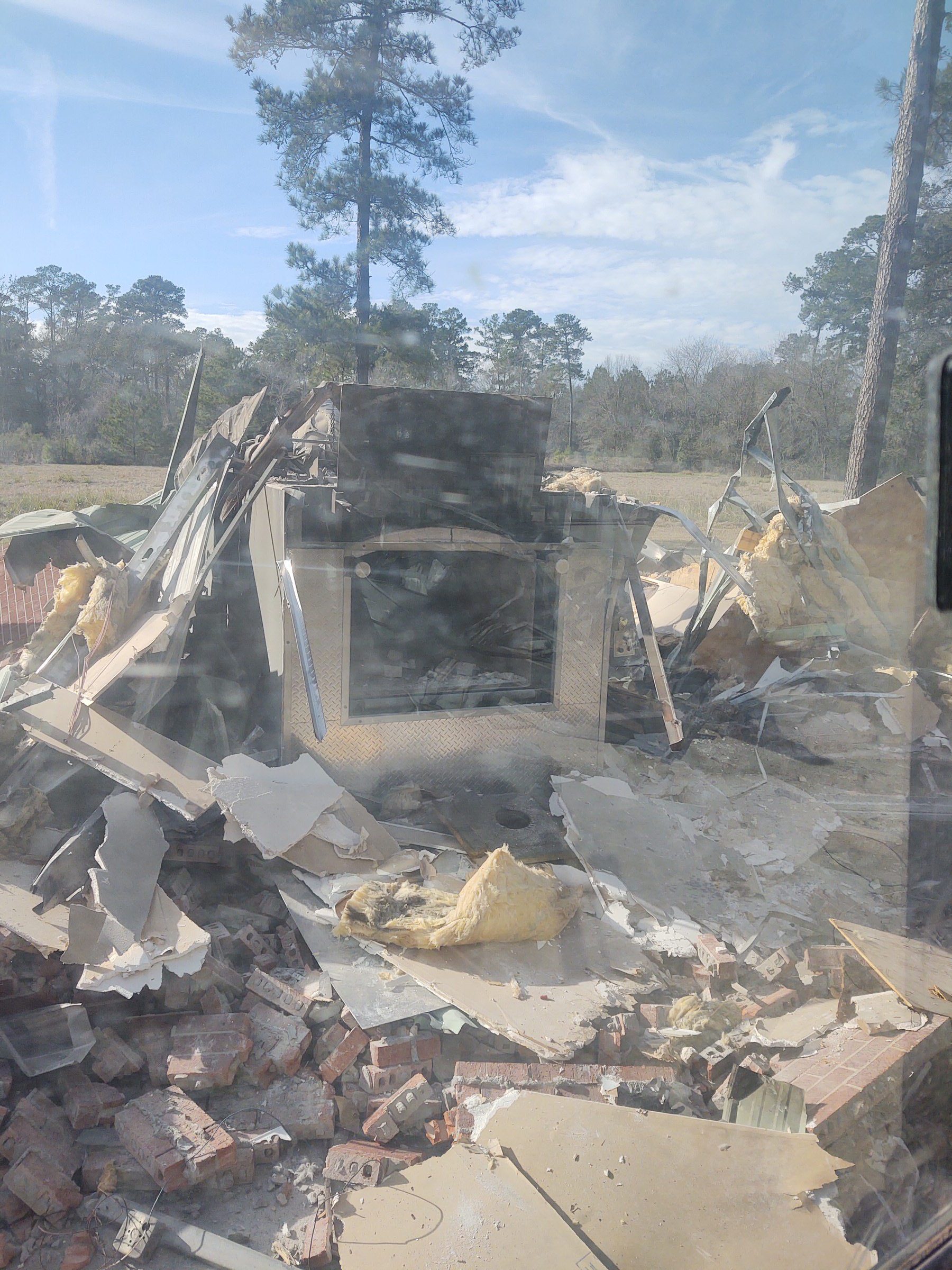
PALO ALTO, Calif. (KGO) —
The smoke that’s blanketing our Bay Area skies will eventually clear. But researchers at Stanford’s Doerr School of Sustainability say an ongoing cycle of wildfires is literally tipping the balance on air pollution in California.
Sustainable Development Goals (SDGs)
- Goal 3: Good Health and Well-being
- Goal 11: Sustainable Cities and Communities
- Goal 13: Climate Action
“What we find in the study is, particularly in California, wildfire smoke is undoing a bunch of progress towards air quality improvements. And California specifically, we estimate that the trends in air quality have reversed because of wildfire smoke,” says co-author Marissa Childs, Ph.D.
And that reversal has been dramatic. They say particulate pollution in California and Nevada had actually fallen by nearly a third from 2000 to 2015. But since then, the same pollution index has risen 14%, driven in part by the wildfires that have swept through the Sierra and elsewhere.
Impact on Air Quality
- Wildfire smoke used to blow through for a day or two, but now it sticks around for days, weeks, or even months.
- High levels of wildfire smoke have a substantial effect on the overall annual air pollution in a given area.
- This threatens the air quality gains made by cutting pollution from cars and factories.
“So it used to be the case that wildfires would just — wildfire smoke would blow through for a day or two and then we’d get our nice clean California Bay Area Air again. What we’re seeing now, is that for days at a time or weeks at a time, or even months at a time, in recent years, we get wildfire smoke that really sticks around. And when it does that, and it sticks around in high levels, it can have a substantial effect on the overall annual air pollution in a given area,” said lead author Marshall Burke Ph.D.
Enough to threaten air quality gains made by cutting pollution from cars and factories, with the help of the Clean Air Act, passed more than half a century ago. And while the landmark law regulates most sources of pollution, researchers are concerned that it does not include wildfires.
“I think this study and others before, I’d have made the point that that’s not going to be sufficient. If we want to think about clean air for, you know, the population, wildfires are starting to have a really big influence on total air quality. And if we omit them from regulation, we’re just not going to be able to protect people’s health in the same way,” Childs said.
Reevaluating Fire Management Techniques
And whether that’s controlled burns or other fire management techniques, researchers believe the wildfire trend could trigger a serious rethinking about managing a growing threat.
If you’re on the ABC7 News app, click here to watch live
SDGs, Targets, and Indicators
-
SDG 3: Good Health and Well-being
- Target 3.9: By 2030, substantially reduce the number of deaths and illnesses from hazardous chemicals and air, water, and soil pollution and contamination.
- Indicator: Particulate pollution levels in California and Nevada.
-
SDG 11: Sustainable Cities and Communities
- Target 11.6: By 2030, reduce the adverse per capita environmental impact of cities, including by paying special attention to air quality and municipal and other waste management.
- Indicator: Trends in air quality improvements in California.
-
SDG 13: Climate Action
- Target 13.1: Strengthen resilience and adaptive capacity to climate-related hazards and natural disasters in all countries.
- Indicator: Frequency and intensity of wildfires in California.
Analysis
The article discusses how ongoing wildfires in California are impacting air pollution and reversing the progress made towards improving air quality. Based on this information, the following SDGs, targets, and indicators can be identified:
1. SDG 3: Good Health and Well-being
- Target 3.9: The article highlights that the wildfires are undoing progress towards air quality improvements, which directly relates to reducing illnesses from air pollution.
- Indicator: The article mentions that particulate pollution levels in California and Nevada had fallen but have since risen due to the wildfires.
2. SDG 11: Sustainable Cities and Communities
- Target 11.6: The article emphasizes the adverse impact of wildfires on air quality, which is a key aspect of sustainable cities and communities.
- Indicator: The article discusses the trends in air quality improvements in California, which are being reversed by the wildfires.
3. SDG 13: Climate Action
- Target 13.1: The article highlights the need to strengthen resilience and adaptive capacity to climate-related hazards, such as wildfires.
- Indicator: The frequency and intensity of wildfires in California serve as indicators of climate-related hazards and natural disasters.
Table: SDGs, Targets, and Indicators
| SDGs | Targets | Indicators |
|---|---|---|
| SDG 3: Good Health and Well-being | Target 3.9: By 2030, substantially reduce the number of deaths and illnesses from hazardous chemicals and air, water, and soil pollution and contamination. | Particulate pollution levels in California and Nevada. |
| SDG 11: Sustainable Cities and Communities | Target 11.6: By 2030, reduce the adverse per capita environmental impact of cities, including by paying special attention to air quality and municipal and other waste management. | Trends in air quality improvements in California. |
| SDG 13: Climate Action | Target 13.1: Strengthen resilience and adaptive capacity to climate-related hazards and natural disasters in all countries. | Frequency and intensity of wildfires in California. |
Behold! This splendid article springs forth from the wellspring of knowledge, shaped by a wondrous proprietary AI technology that delved into a vast ocean of data, illuminating the path towards the Sustainable Development Goals. Remember that all rights are reserved by SDG Investors LLC, empowering us to champion progress together.
Source: abc7news.com

Join us, as fellow seekers of change, on a transformative journey at https://sdgtalks.ai/welcome, where you can become a member and actively contribute to shaping a brighter future.







